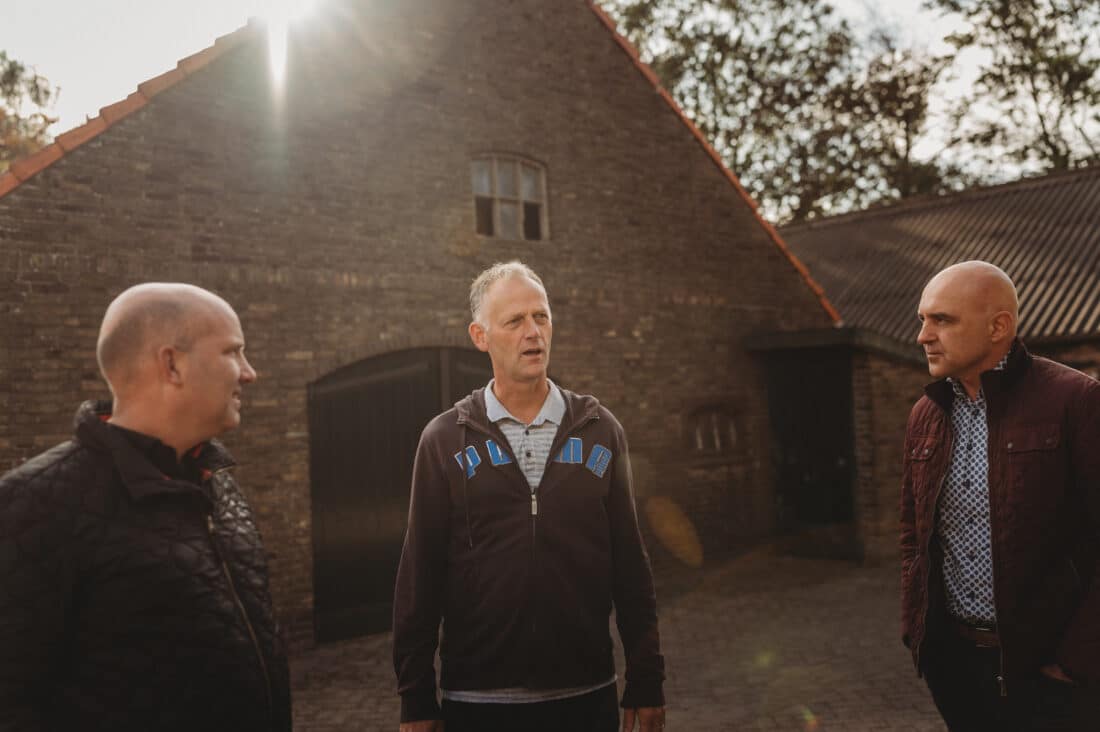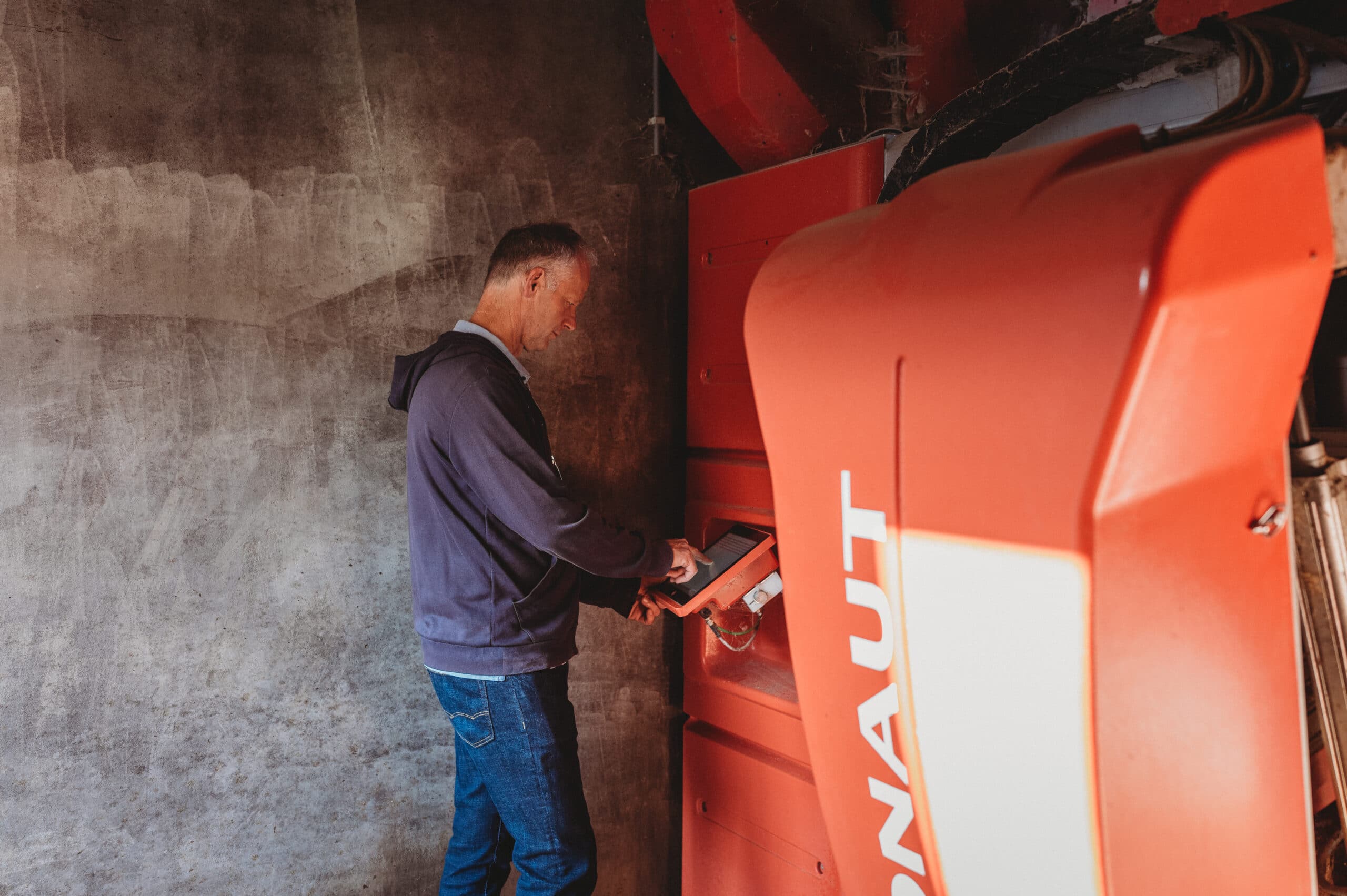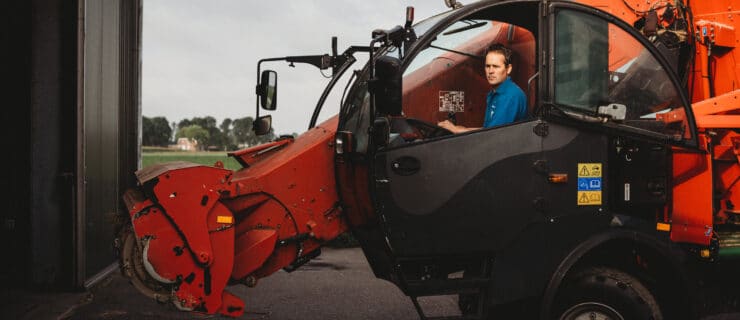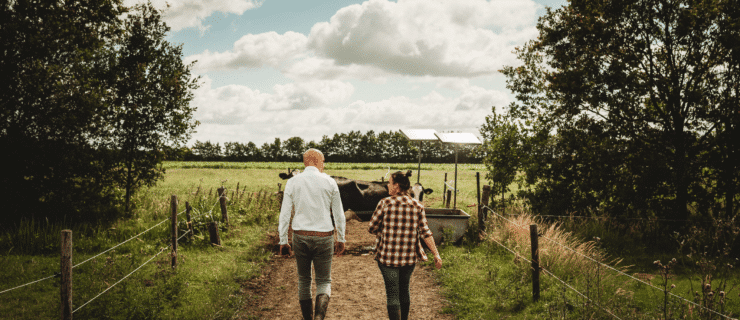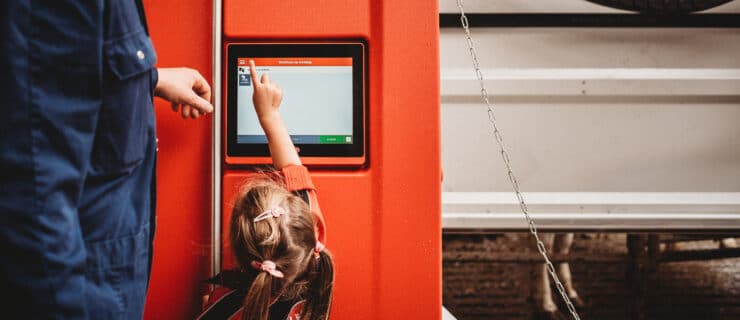How do users of JoinData view data sharing? What developments are they looking for? How do they view data ownership? Which apps and innovations can farmers make good use of? Director Sener Celik will talk to various farmers and organizations in the Netherlands to gauge the mood.
Ron van Burgsteden milks 70 dairy cows in Leusden (Ut.). The farm covers 40 hectares and milks with a robot.
Timo Joosten is head of product management at Lely. He is involved in the development and commercialization of Lely products worldwide, including the Lely Horizon farm management system where a lot of data is exchanged.
In Leusden, near Amersfoort, is the farm of dairy farmer Ron van Burgsteden. In the kitchen, at an appropriate distance, the dairy farmer talks to Timo Joosten of Lely and Sener Celik of JoinData about data sharing, innovations and privacy.
Sener: You are one of the first participants in JoinData. The value of data was already being discussed at that time. How do you feel about this now?
Ron: I participated in the SmartDairyFarming project ten years ago. At the time, I expected that we would be further along by now, some ten years after the start. Development has been delayed by the big question of ‘who does the data belong to and how do you implement that?’ SmartDairyFarming was started to make useful products for livestock farmers. But we got stuck in the discussion question of ownership. The three cooperatives CRV, Agrifirm and FrieslandCampina finally got it going again, for their members.
Timo: We all have the intention to create added value. But data only becomes valuable when you can compare it. As a benchmark. So keeping it to yourself doesn’t create that value.
Ron: In the beginning, commercial parties were more hesitant and research institutions more progressive, but now it is the other way around. Commercial parties can act more quickly.
“I want to share data so I can get better, faster and more accurate information for my business.”
Ron: The value of data is not cash, but added value to your business. I want to share data so I can get better, faster and more accurate information for my business. I want to know exactly what part of the day a cow is in heat. Twenty years ago, knowing that a cow was in heat within the last 48 hours was a nice advance. So in 3 weeks you had to pay attention again. Today, that’s not enough anymore.
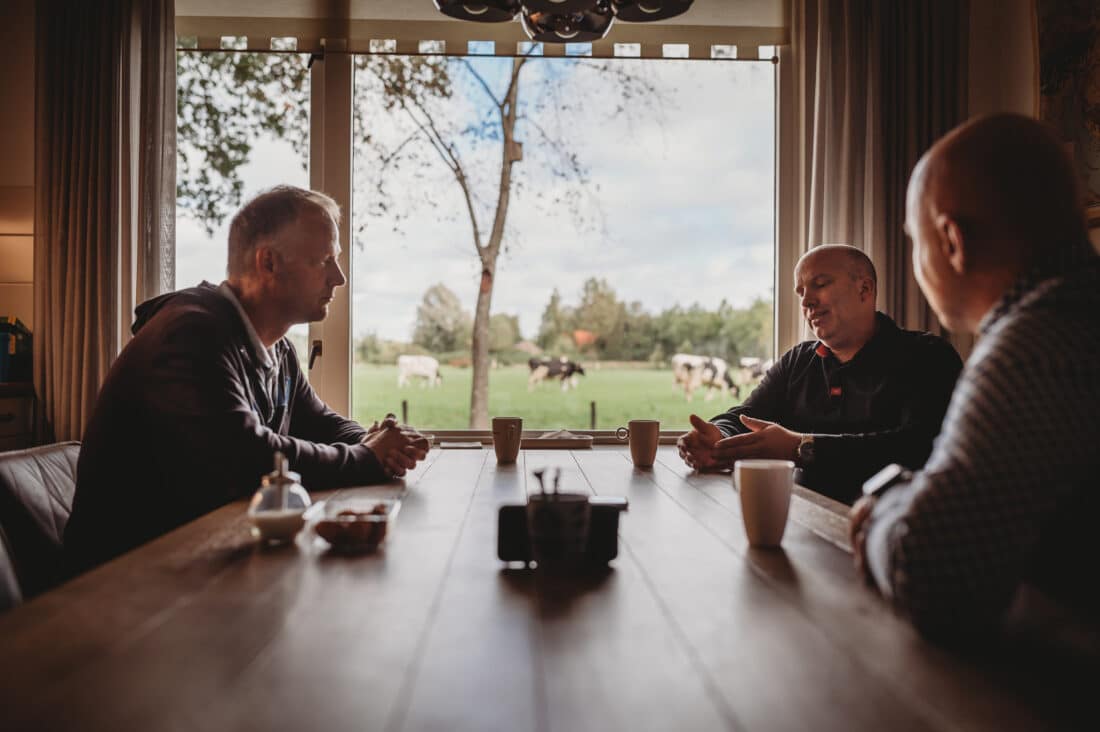
Timo: I see data as change. I enrich the farmer’s data and give it back as change. What does a comparable farm do in terms of number of cows, soil type and size and can I apply that to Ron? This results in predictive values and allows you to give more targeted advice.
Sener: How far are we from going from reactive to proactive?
Timo: Not far at all, but we struggle with the large diversity. Farming is all about experience and feeling. Here you have, for example, multiple soil types, grass types, fertilization, compaction. With so many components, it is hard to determine what the model is.
“We are at the start of a revolution.”
Timo: We are at the start of a revolution. We see a lot of risk-averse behavior now. Data can then be groundbreaking. It can show you where the risk is in your business operations, so you can focus on that.
Sener: What do we need for this? Do we have that data yet?
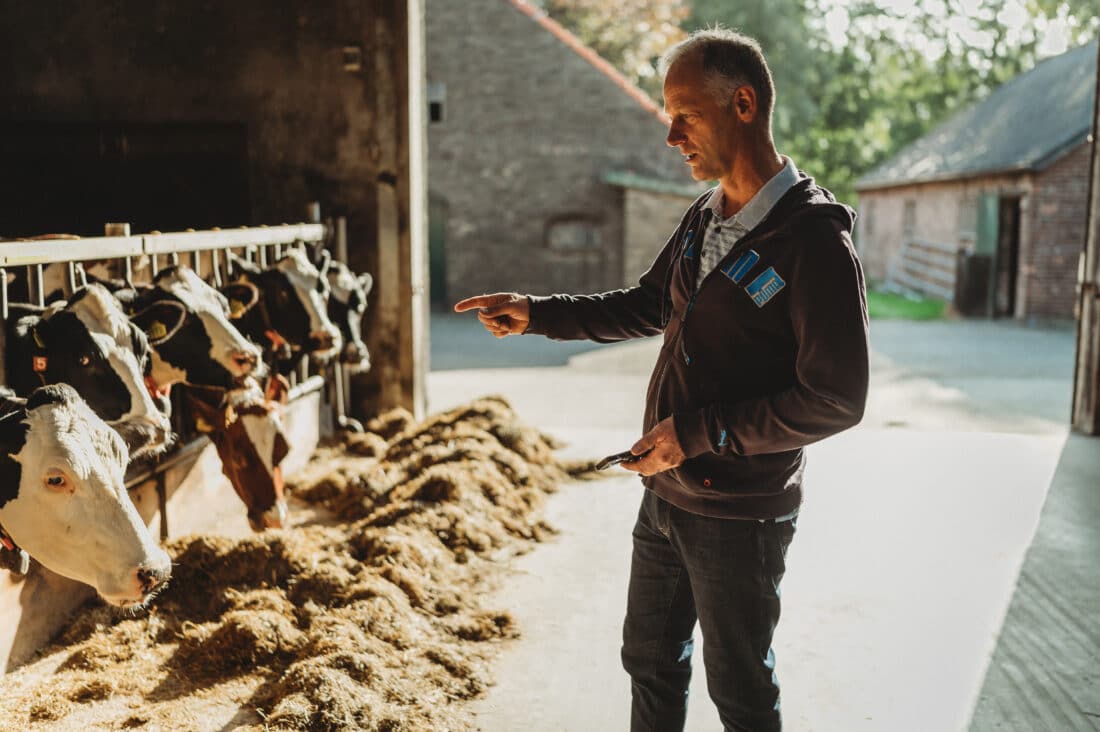
Ron: Yeah, we have most of it.
“So a robot doesn’t take over the work, it provides the evidence of your operations.”
Sener: The farmer is and remains an entrepreneur and makes decisions based on experience and insights. This includes decisions that are not directly supported by data.
Timo: It’s change management, it’s human work. It’s about trust. If Ron doesn’t trust me, I can provide all the data I want, but then he won’t take that data seriously.
Sener: Will data also increase the demand for independent feed consultants?
Timo: I hope so. Now, advisory costs are included in the feed costs of the product you buy. Feed doesn’t get cheaper if you don’t take the advice. But what is the importance for the company? Maybe I’ll need a lot less feed because I’ll be growing my own protein. There’s no future in that.
Sener: How do you view competition from abroad in terms of data sharing?
“We are ahead when you look at data sharing between companies.”
Timo: There are plenty of examples from agriculture-related sectors. Look at arable farming. A lot is happening there. But we are ahead when it comes to data sharing between companies. Take John Deere. They are very far along, but based on self-controlled data sources.
Sener: John Deere has now launched a new data platform with Claes. That’s kind of unique, isn’t it?
Ron: Can Lely do that as well with DeLaval?

Timo: We all have the same goal, we want to make you the best you can be. Not every farmer has only Lely products. So we need to get to a point where we can also import data from, for example, a feed mixer truck from another supplier into our system.
Sener: Would you want Lely to make that combination?
Ron: Sure, why not? I want to be able to choose which brands of machines to use on my farm, not be limited in my choice because I have one type of milking robot.
Sener: Farmers who do not want to share data are often shocked by the amount of data that is already being shared.
Ron: Data has always been a non issue for farmers. They’d much rather talk about breed choice and bulls. But using data better and smarter is the next level in running a farm, in my opinion.
Sener: One in 10 farmers is now involved in data sharing, but how do we get the rest on board?
Timo: You’re a facilitator, so you can’t control this. Let’s think about what we want this to look like as a sector. We should continue to promote the free flow of data and provide added value.
